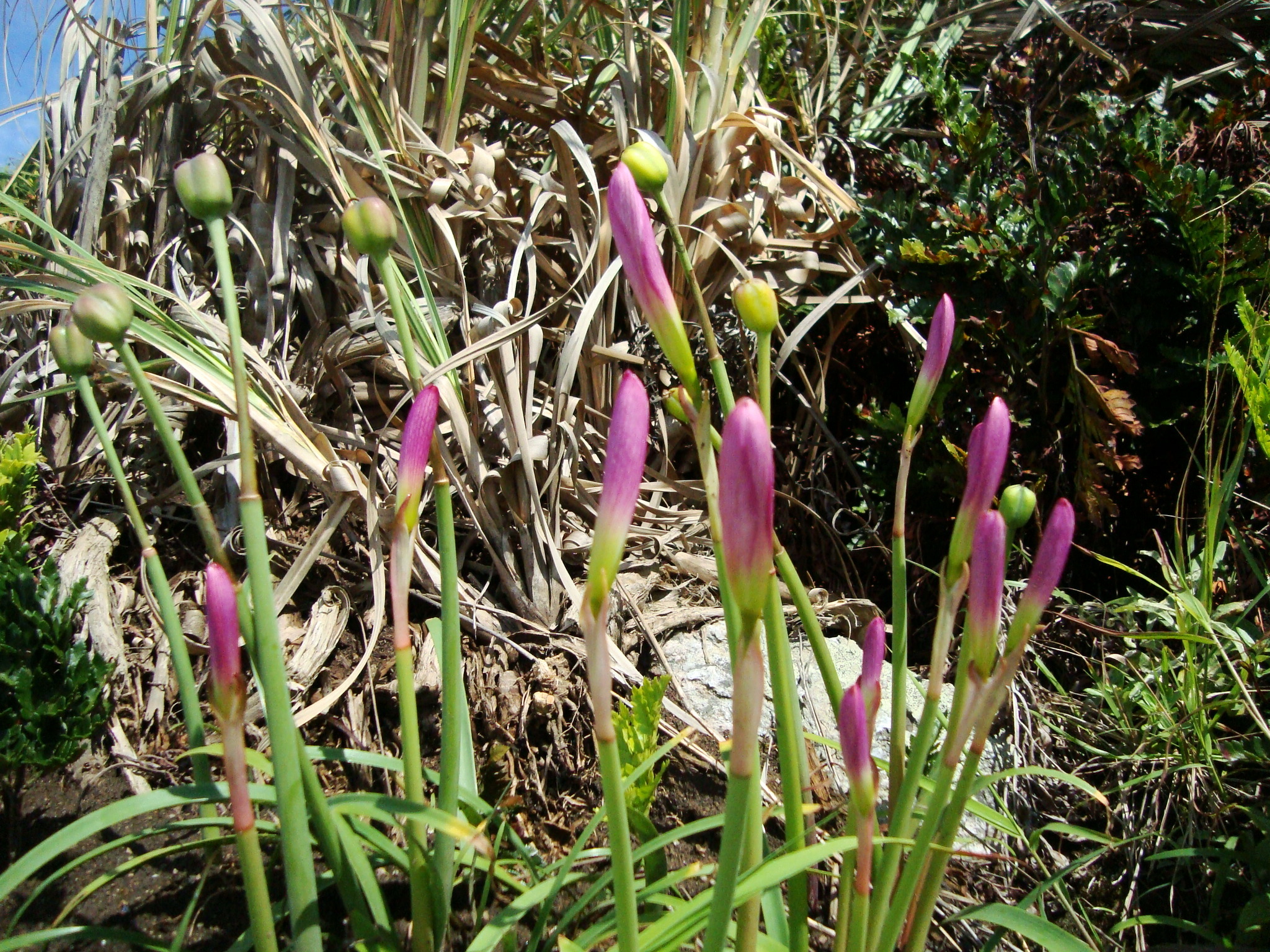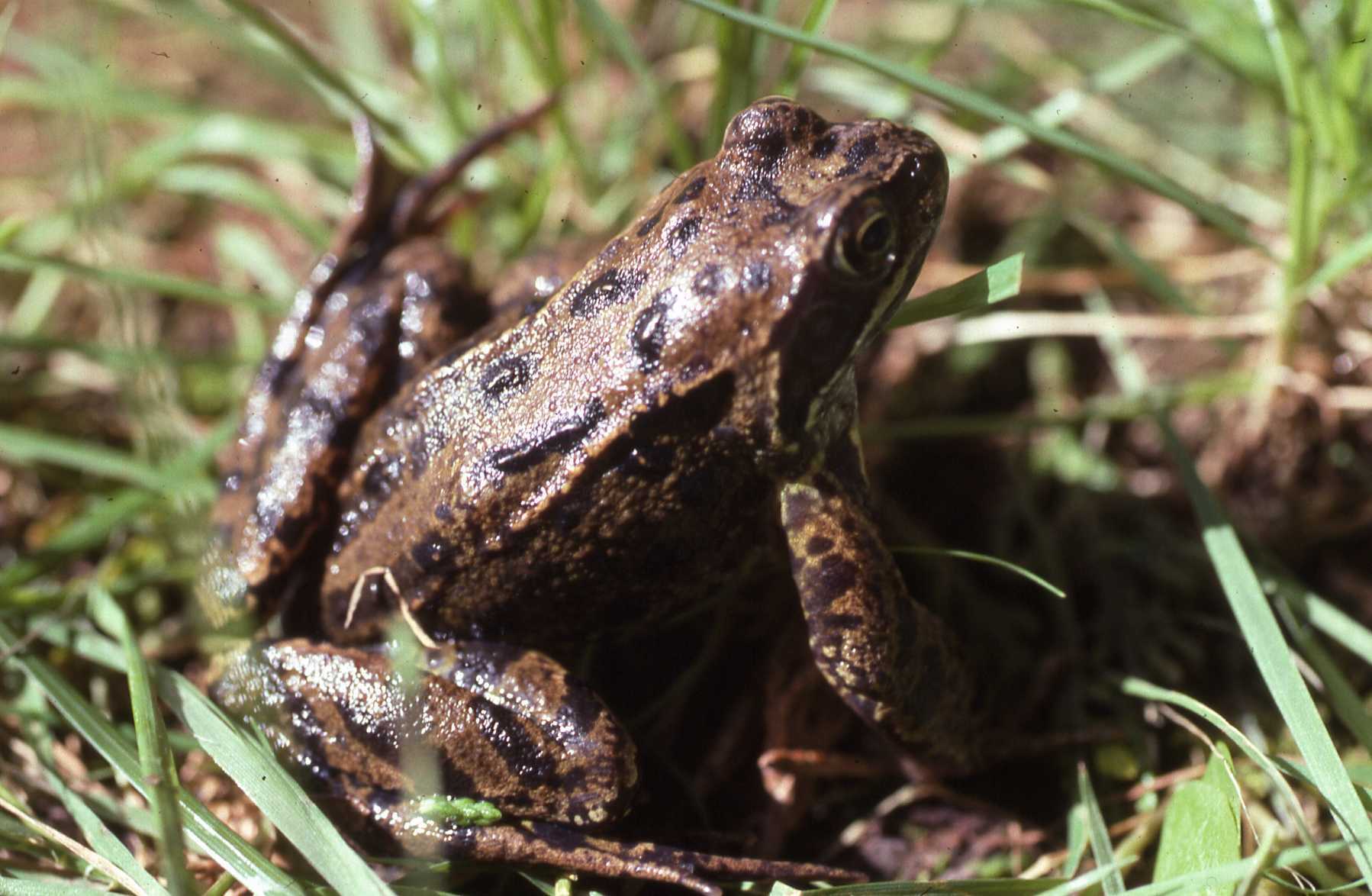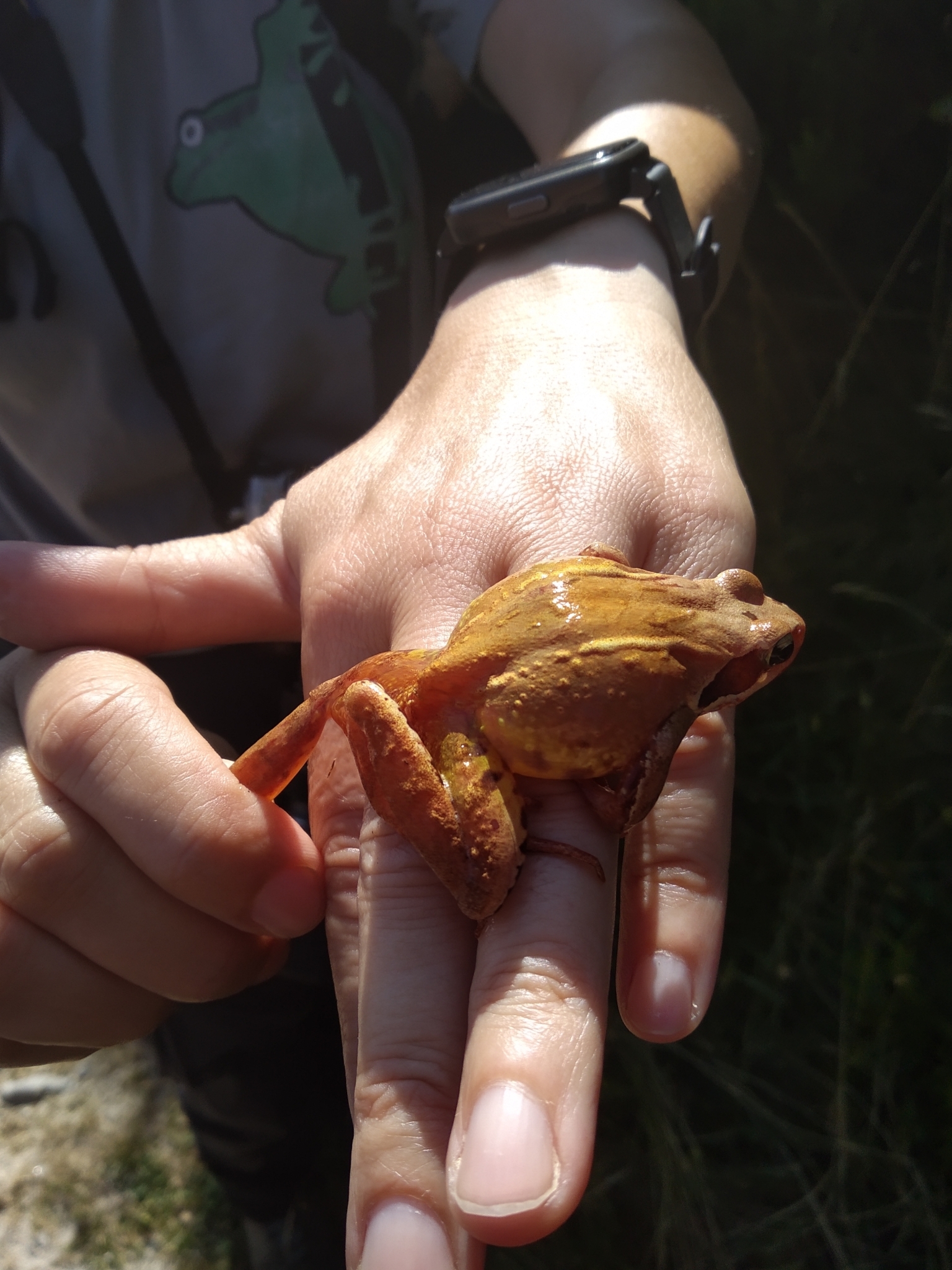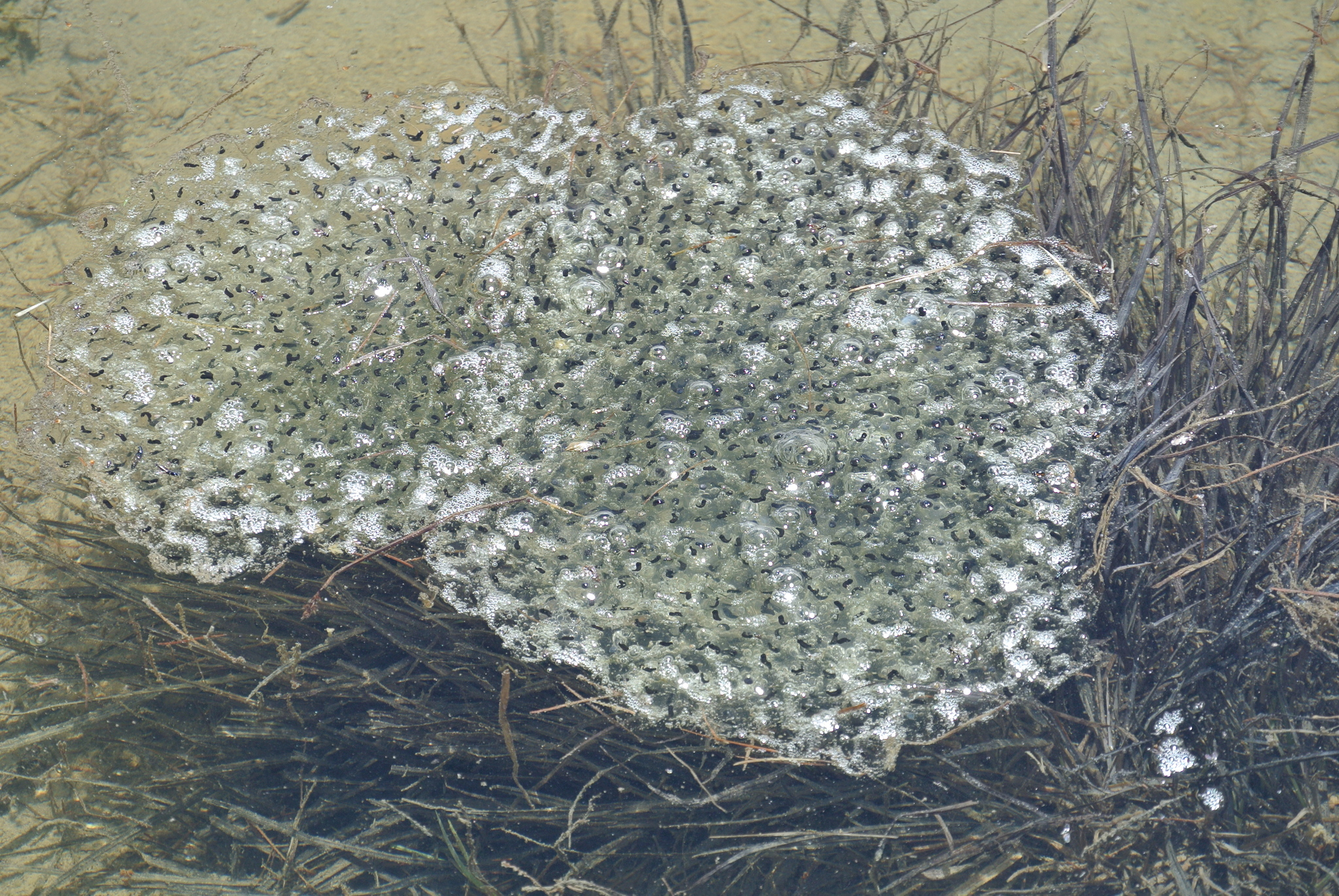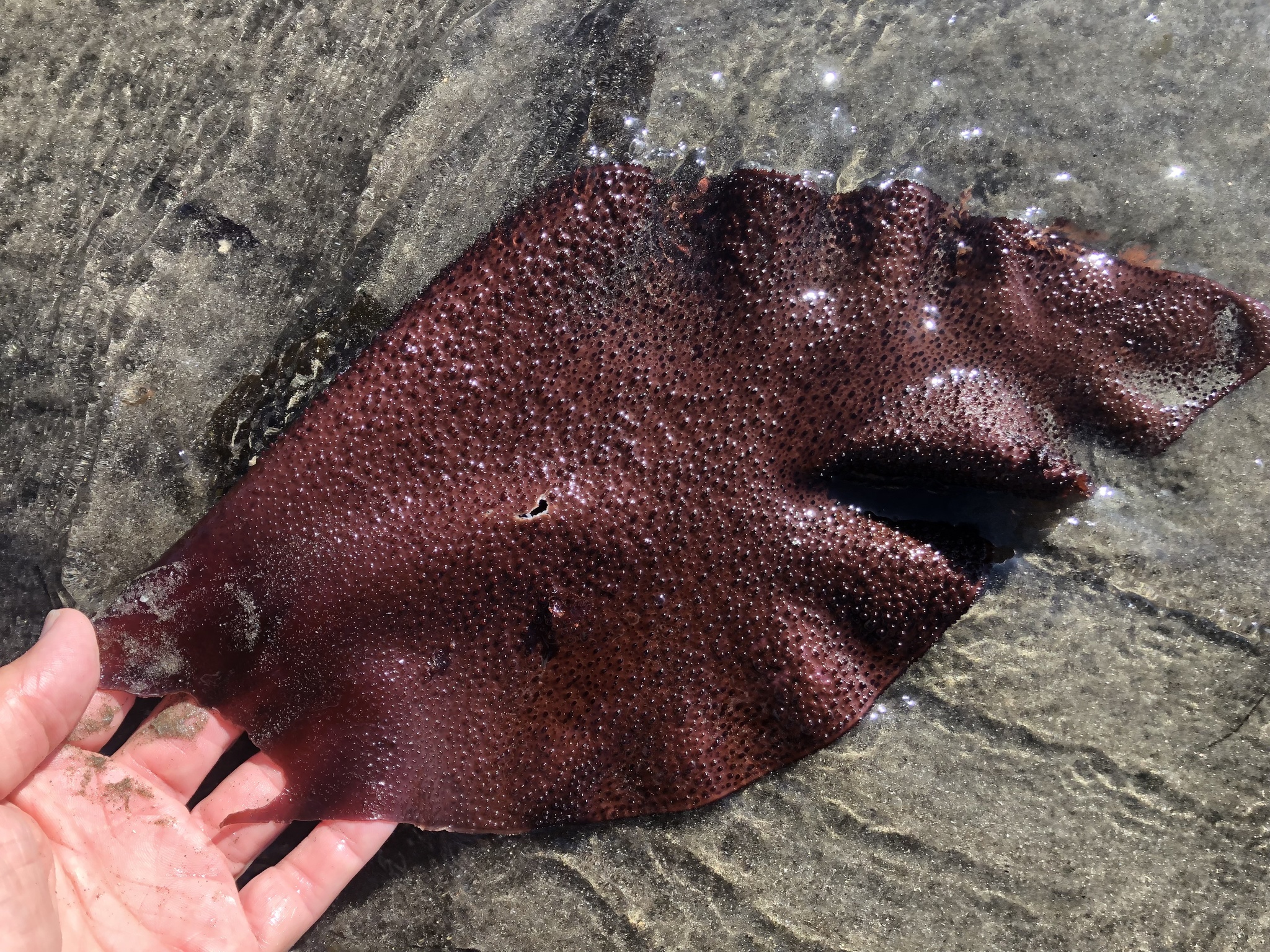by Piter Kehoma Boll
You most likely know about the existence of the parasitic fungi of the family Cordycipitaceae that turn insects and other arthropods into “zombies”. I even presented one here already about 5 years ago, the Chinese caterpillar fungus. But zombie-making fungi did not evolve only once and today we will meet another one that also zombifies insects, more precisely flies.
Its scientific name is Entomophthora muscae and I decided to give it the common name fly-killing fungus. While the most famous zombifying fungi belong to the phylum Ascomycota, the fly-killing fungus belongs to the phylum Entomophtoromycota, which until recently was part of the phylum Zygomycota.

The fly-killing fungus is actually a complex of species that infects a variety of flies, including house flies. Their life start as an asexual spore, the conidium. When the conidium contacts the surface of a fly, it germinates, forming a germ tube that penetrates the cuticle of the fly. When the germ tube reaches the haemocoel, the cavity in which the fly’s haemolymph (blood) is found, it releases some cells (protoplasts) into the haemolymph. The protoplasts are carried to the brain and grow in areas that control the fly’s behavior. From there, the fungus start to produce hyphae that grow through the whole body, slowly digesting the internal organs. When the fly is about to die, it crawls to a high point in the vegetation or other available structure, stretches the hind legs and opens the wings and eventually dies. Some hours later, the fungus start to produce conidiophores that grow on the surface of the fly. When they are mature, they release conidia into the environment, restarting the cycle.

The species complex known as Entomophthora muscae can infect a huge variety of flies, including domestic flies, fruit flies, blow flies, mosquitos and many others. As many of the hosts of the fly-killing fungus as medically or economically important species for humans, there have been attempts to “weaponize” this fungus, turning it into a biological control against several fly pests.
This is not an easy task, though. First, the fungus is very sensible to high temperatures and flies can “cure” themselves from the infection by moving to hot environments that inhibit the growth of the fungus. Another problem is that, in order to raise the fungus in the lab, the fungus needs a constant supply of live adults flies.
As in many cases of using biological agents to control pests, there is always the possibility of things going wrong and end up affecting species that were not the original target. The genetic diversity of the fly-killing fungus is not very well known yet, so that we don’t know exactly which fly species each strain (or species) can actually infect.
I hope we don’t end up turning this ecologically innocent fungus into one more villain on the planet due to our misbehavior.
– – –
– – –
References and further reading:
Brobyn, P. J., & Wilding, N. (1983). Invasive and developmental processes of Entomophthora muscae infecting houseflies (Musca domestica). Transactions of the British Mycological Society, 80(1), 1-8. https://doi.org/10.1016/S0007-1536(83)80157-0
Kramer, J. P., & Steinkraus, D. C. (1981). Culture of Entomophthora muscae in vivo and its infectivity for six species of muscoid flies. Mycopathologia, 76(3), 139-143. https://doi.org/10.1007/BF00437194
Krasnoff, S. B., Watson, D. W., Gibson, D. M., & Kwan, E. C. (1995). Behavioral effects of the entomopathogenic fungus, Entomophthora muscae on its host Musca domestica: Postural changes in dying hosts and gated pattern of mortality. Journal of Insect Physiology, 41(10), 895-903. https://doi.org/10.1016/0022-1910(95)00026-Q
Wikipedia. Enthomophthora muscae. Available at < https://en.wikipedia.org/wiki/Entomophthora_muscae >. Access on 12 August 2021.
– – –
* This work is licensed under a Creative Commons Attribution-ShareAlike 4.0 International License.
This work is licensed under a Creative Commons Attribution-ShareAlike 4.0 International License.
** This work is licensed under a Creative Commons Attribution-ShareAlike 3.0 Unported License.
This work is licensed under a Creative Commons Attribution-ShareAlike 3.0 Unported License.


